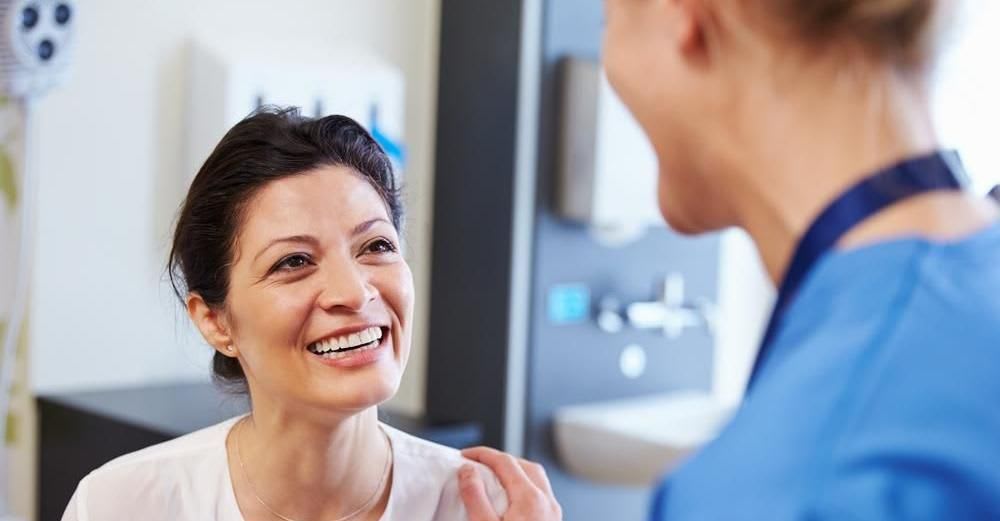Understanding the Art and Science of Midwifery
While the process of childbirth remains very much the same as it’s been for thousands of years, the experience of giving birth has changed due to a number of factors, including women’s expectations, pain management options, the evolving healthcare system, and technological advancements. However, just because more medical interventions are now available doesn’t mean all women want or need them. An increasing number of expectant mothers are seeking out more natural, intervention-free alternatives to clinical childbirth. Enter the generations-old midwifery model. Let’s take a closer look at this increasingly popular form of prenatal, labor and delivery care, along with why women all over the world choose midwives to help them bring their babies into the world.
- Student Tips
While the process of childbirth remains very much the same as it’s been for thousands of years, the experience of giving birth has changed due to a number of factors, including women’s expectations, pain management options, the evolving healthcare system, and technological advancements. However, just because more medical interventions are now available doesn’t mean all women want or need them. An increasing number of expectant mothers are seeking out more natural, intervention-free alternatives to clinical childbirth. Enter the generations-old midwifery model.
Let’s take a closer look at this increasingly popular form of prenatal, labor and delivery care, along with why women all over the world choose midwives to help them bring their babies into the world.
1. What is a Midwife?
In many regions of the world, including throughout Europe, midwife-led maternity care is the standard. Take the UK, for example, where registered midwives conduct 55 percent of deliveries compared to just 39.7 percent of hospital doctor deliveries. For many healthy, low-risk pregnancies, midwives are the go-to for minimally invasive care. (Look no further than Kate Middleton, who used two midwives when giving birth to her daughter Charlotte.)
In other countries, including the US, midwife-guided births have historically lagged behind obstetrician-managed births. However, midwives are on the uptick due to changing perceptions about who they are and what they do.
Which begs the question: What, exactly, is midwifery? The Midwives Alliance North America (MANA), defines midwifery as “a woman-centered empowering model of maternity care that is utilized in all of the countries of the world with the best maternal and infant outcomes.” The Atlantic, meanwhile, highlights the midwifery perspective of childbirth “as a natural occurrence, not a medical event.”
And while midwives are traditional care providers with the training and expertise to support women and their infants throughout their pregnancies as well as during birth, recovery and the postpartum period, their expertise extends far beyond the physical. They also take into account integrative women’s health issues, including the mental, emotional, cultural, and spiritual needs of their patients.
2. How Midwives Make a Difference
While opting for a midwife is an individual choice, there are many reasons to choose this approach to care. Many women prefer the one-on-one attention offered by midwives, which can help make labor and delivery a more individualized experience. Patients also value the added control offered by midwives, who may be more open to personal preferences and familial input than medical doctors.
And then there’s growing evidence pointing toward the winning combination of lower costs and better outcomes in midwife-assisted births, including lower rates of surgery and other forms of intervention. Consider statistics from Citizens for Midwifery indicating cesarean rates of just 3 to 4 percent for low-risk, midwife-assisted births compared to 19 percent and higher for low-risk deliveries performed by obstetricians.
3. Why Become a Midwife?
Playing a vital role in the process of bringing a new person into the world is an incredibly rewarding experience. But midwives do more than just deliver babies. A midwife’s diverse set of responsibilities also includes conducting physical exams; providing education; and supporting mothers, families and their unique needs. Midwives work in a number of different settings, ranging from units in general hospitals to birth centers. They can be self-employed or work independently, and may specialize in certain areas of care, such as diabetes and mental health.
Practically speaking, becoming a midwife makes smart sense due to a particularly strong job outlook and in-need healthcare system. The US Bureau of Labor Statistics reveals that nurse midwives, alongside nurse anesthetists and nurse practitioners, are among the fastest growing professions with a job outlook of 31 percent between 2014 and 2024. According to American Congress of Obstetricians and Gynecologists (ACOG) President Mark DeFrancesco, the growth of the midwifery profession combined with a physician shortage offers a “prime opportunity to not just collaborate with midwives, but also to learn from them.”
4. Is Midwifery Right For You?
Being a midwife is a big responsibility. After all, you’ll be providing care for women as they undergo the life-altering experience of childbirth. What attributes are considered essential to the profession? Communication is key: listening skills, empathy, intuition, patience, teamwork and observation skills are all critical components. You must also be physically and mentally fit in order to keep up with the rigors of being a midwife. Lastly, comfort with the human body -- and its fluids -- is a necessity. (In other words, the squeamish need not apply.)
One final thing to keep in mind? While many women feel called to this work, they’re not alone. Men also become midwives for the same reasons that women do.
One UK expression goes, “Every mother deserves a midwife, and some need an obstetrician, too.” Are you ready to take your place among this trusted group of healthcare professionals? If so, enrolling in the right midwifery program can help you on your own life-changing journey. Because while there’s no denying that midwifery is one of the world’s most challenging jobs, its demands are more than mitigated by the inimitable fulfillment found in helping women and their families enjoy happy, healthy pregnancies and deliveries.

Joanna Hughes
Author
Joanna worked in higher education administration for many years at a leading research institution before becoming a full-time freelance writer. She lives in the beautiful White Mountains region of New Hampshire with her family.
Read related articles

What You Should Know If You Want To Practice Medicine Abroad

Five Countries to Choose for Nursing Degrees
